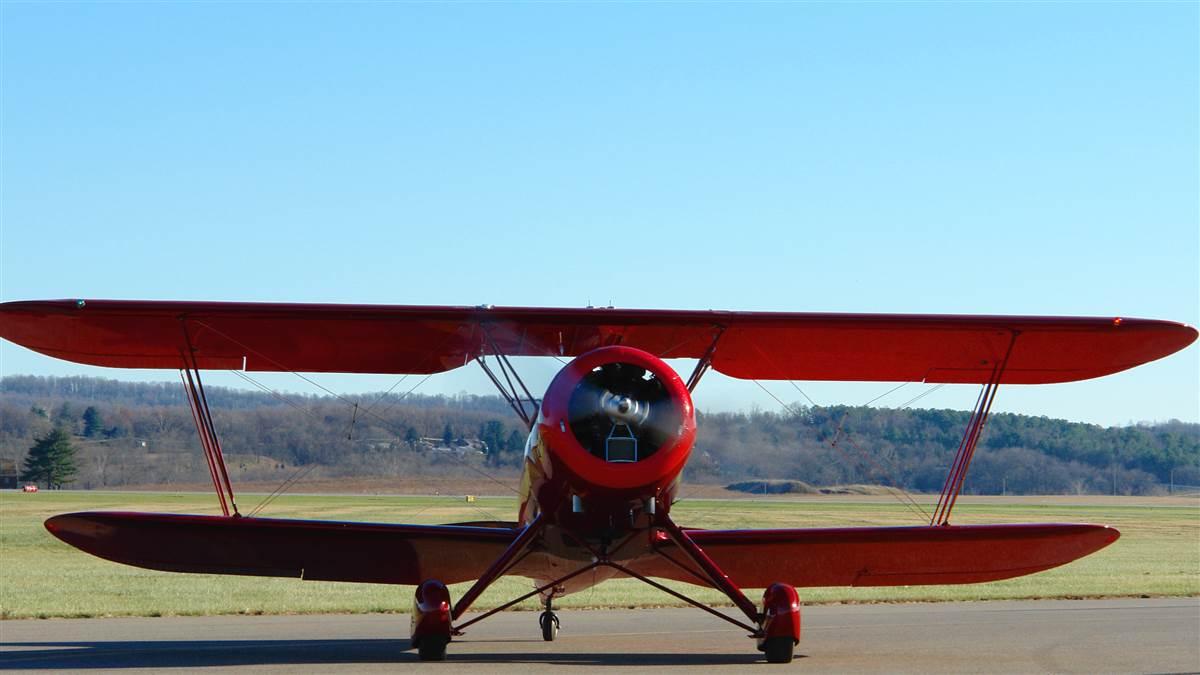Rules to Live By
Safety Spotlight: Aging Aircraft

Keep These Points in Mind:
Clean, Inspect, Fly, Prepare, and Monitor and Maintain
Clean
Clean out any dirt and grime on the inside and outside of the aircraft. Most aircraft information manuals have a section on handling, service, and maintenance, which include information on cleaning the aircraft.
Note: It's often best to avoid using household cleaners and dishwashing soap for cleaning an aircraft. These products contain corrosive chemicals that can potentially damage polyurethane paint. Be sure to protect the aircraft's windshield if using degreasers or ammonia-based cleaning products—and follow any local and/or federal laws regarding disposal of cleaning agents, solvents, and other potentially hazardous products.
Inspect
Once the aircraft is clean, inspect it for any symptoms of aging, such as skin deformities, defects, or damage.
Note: If your aircraft is stored in a hangar, stand behind the tail of the aircraft with the hangar door open during the daytime. Viewing the surface of the aircraft from this position allows you to spot any surface damage that could exist, such as small dents, spot painting, etc. This inspection method can also be performed outdoors, but damage or defects may be more difficult to detect. Talk to your mechanic if you find any problems.
Fly!
Flight activity keeps the aircraft and its engine parts in motion, which deters the buildup of corrosion and contaminants. This is especially important in warm, humid climates. Besides, it’s a great excuse to go flying! But remember, severe use or abuse can accelerate an aircraft’s aging.
Prepare
Flying to another airport? Remember to pack oil, tie downs, chocks, and an aircraft cover to help protect your aircraft.
Monitor and Maintain
Detecting a problem early can help save money on repair costs.
- Change the oil regularly and monitor oil consumption
- Keep the tires properly inflated—under-inflated tires wear faster
- Monitor the engine gauges and listen for unusual sounds
Tip: Review FAR 43 Appendix A(c) for a list of preventive maintenance items that you can perform to help preserve and protect your aircraft.
Other key points to remember:
- Routine, preventive, and voluntary maintenance and inspections will help keep your aircraft flying longer and safer
- Follow up regularly on previous corrosion removal and treatment
- Store your aircraft where the weather won’t accelerate its aging
- Join a type club for access to valuable information and resources